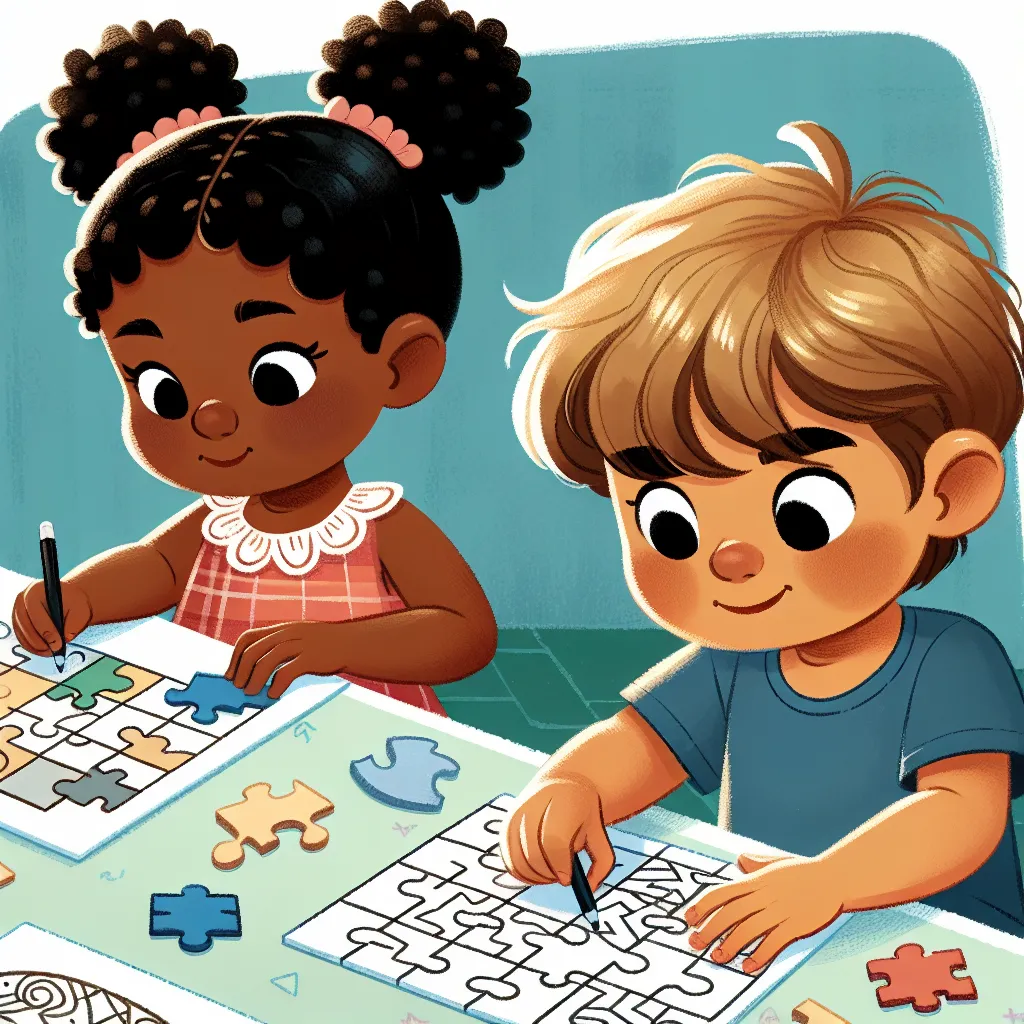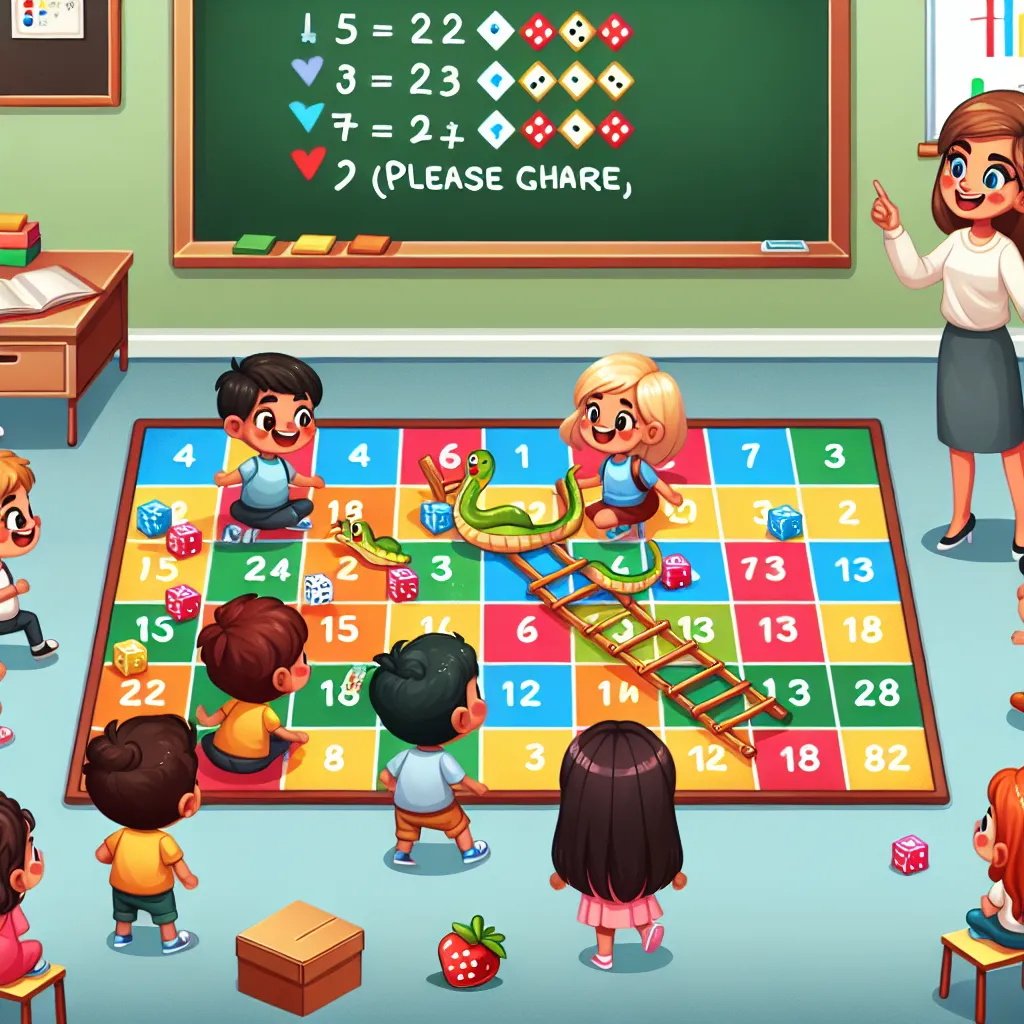Ask AI on The Internet
Question: During teaching practice at a school, ask permission from the mentor teacher to plan a movement pattern suitable for grade R learners. • Write down the steps you will follow and the instructions you will give. (5x2 10) • Try it out with the learners and write a short reflection on how it went and what if, anything, you would change if you had to do it again.
Certainly! Below is a structured approach to plan a movement pattern for grade R learners, including obtaining permission from your mentor teacher, instructions to follow, and a reflection on how it went and potential improvements for the future. **Steps to Plan and Execute the Movement Pattern:** ### Step 1: Seek Permission 1. **Discuss with Mentor Teacher**: Schedule a meeting with your mentor teacher to discuss your idea of planning a movement pattern activity for grade R learners. 2. **Explain Objectives**: Clearly explain the objectives of the movement pattern activity and how it aligns with the learners' developmental needs. ### Step 2: Plan the Activity 3. **Design Movement Patterns**: Design simple, age-appropriate movement patterns (e.g., hopping on one foot, skipping, jumping in place) that can be easily followed by grade R learners. 4. **Prepare Instructions**: Write detailed instructions and prepare visual aids if necessary. For instance: - "Stand in a line with enough space between each other." - "When I say 'go', we all hop on one foot to the other side of the room." - "Next, we will skip back to our original place." ### Step 3: Gather Materials 5. **Gather Needed Materials**: Collect any required materials such as markers for spots on the floor, music for rhythm, or visual cue cards. ### Step 4: Conduct the Activity 6. **Clear Instructions**: Begin the activity by explaining each movement pattern clearly and demonstrating it first. Ensure all learners understand before starting. 7. **Monitor and Support**: Walk around, monitor the learners, offer encouragement, and provide guidance where needed. ### Step 5: Conclude and Reflect 8. **Cool Down**: End the session with a cool-down activity, such as slow stretching to relax the muscles. 9. **Feedback Session**: Have a short discussion with the learners about what they enjoyed and what they found challenging. 10. **Reflect**: Write a reflection on the success of the activity and note any areas for improvement. **Instructions to the Learners:** 1. "Stand in a line with enough space between each other." 2. "When I say 'go', we all hop on one foot to the other side of the room." 3. "Next, we will skip back to our original place." 4. "Make sure to follow my movements and have fun!" 5. "We will end with some slow stretching to relax our muscles." ### Reflection: **How it went:** The movement pattern activity was well-received by the grade R learners. They were excited and engaged throughout the session. Most of them were able to follow the instructions and perform the movements with enthusiasm. The use of simple, clear instructions and demonstration beforehand helped in making the activity smooth. The cool-down stretching was a calming way to end the session, and the feedback from the learners indicated that they enjoyed the hopping and skipping movements the most. **What I would change:** - **More Visual Aids**: Incorporate more visual aids like picture cards showing the movements. This could help visual learners better understand what is expected. - **Smaller Groups**: Break the class into smaller groups to ensure each child gets more personalized attention and guidance. - **Extended Feedback Time**: Allow a few more minutes at the end for feedback so that more learners have the opportunity to share their thoughts. - **Variety in Movements**: Introduce a wider variety of movements to keep the activity fresh and maintain high levels of engagement. - **Assessment of Skill Levels**: Initially assess the learners' physical abilities to tailor the activity to their skill level, ensuring it is neither too easy nor too challenging. By reflecting on these aspects, I aim to provide a more enriching and effectively structured movement pattern activity for future sessions.
Think your answer is better than the AI's? Post it below.
Other Most Relevant Posts:
 Planning and Implementing a Movement Pattern for Grade R Learners
**Title:** "Animal Parade: A Movement Journey for Young Explorers"
**Objective:** Enhance motor skills through imaginative play usin
Planning and Implementing a Movement Pattern for Grade R Learners
**Title:** "Animal Parade: A Movement Journey for Young Explorers"
**Objective:** Enhance motor skills through imaginative play usin
 **Title: Joyful Journeys: Movement Pattern for Grade R Learners**
### Steps and Instructions:
1. **Warm-Up – Follow the Leader**
- **Instructions:** Form a line behind me. When I clap my hands, y
**Title: Joyful Journeys: Movement Pattern for Grade R Learners**
### Steps and Instructions:
1. **Warm-Up – Follow the Leader**
- **Instructions:** Form a line behind me. When I clap my hands, y
 Assessment Rubric for Evaluating Aims in a Multi-Station Lesson
Subject Integration Examples: Language and Mathematics in a Movement Lesson
The Impact of Motor Skills on Grade R Learning Readiness
Assessment Rubric for Evaluating Aims in a Multi-Station Lesson
Subject Integration Examples: Language and Mathematics in a Movement Lesson
The Impact of Motor Skills on Grade R Learning Readiness
Question Tags
If you want your question answered by an AI, click here.




Post your own comment: